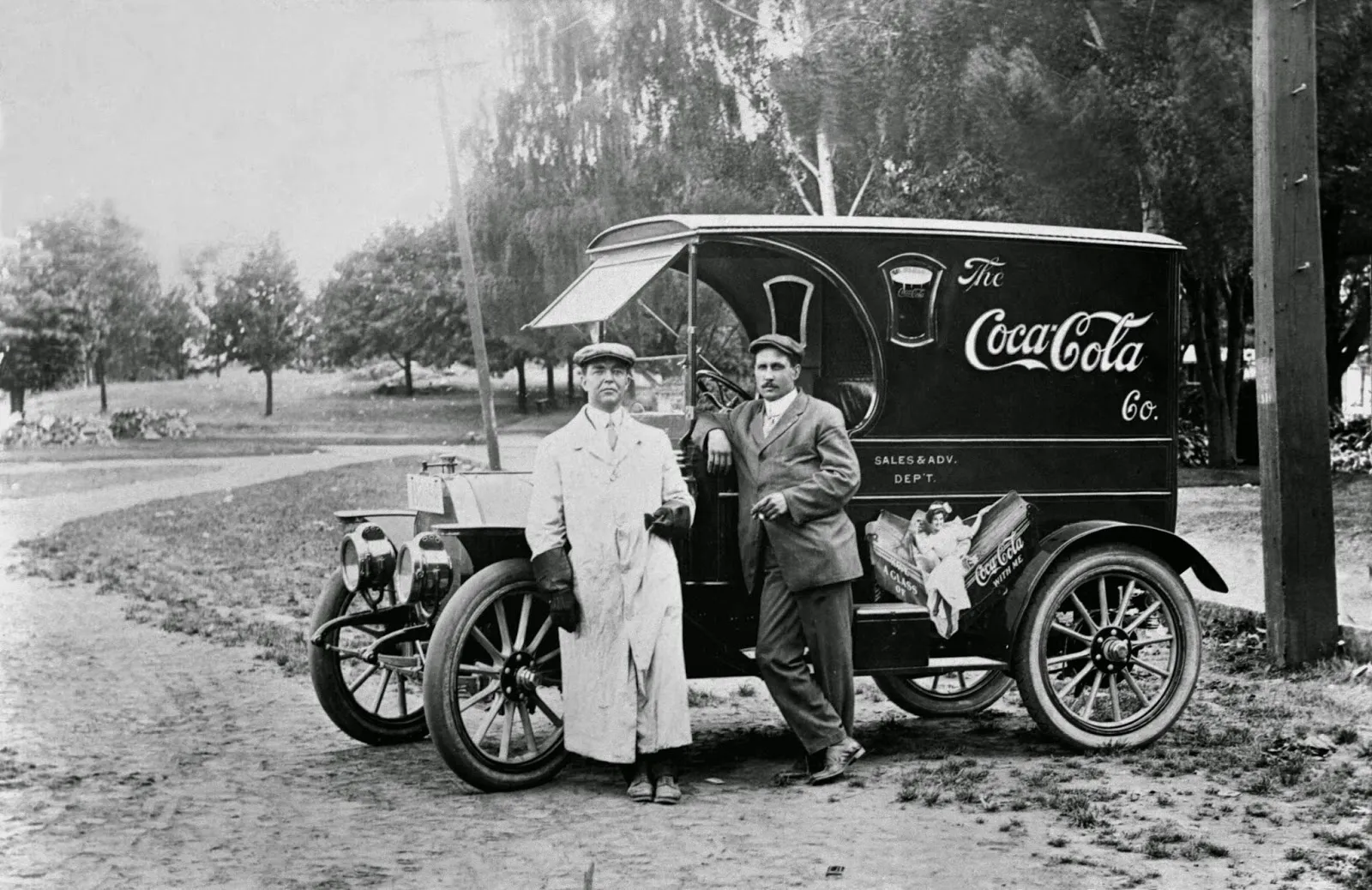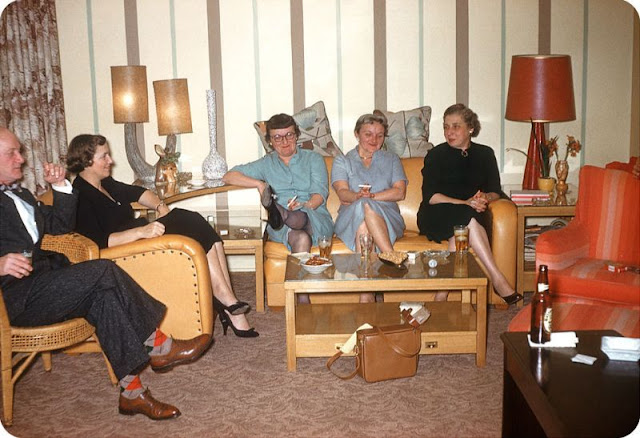Felix the Cat is a cartoon character created in 1919 by Pat Sullivan and Otto Messmer during the silent film era. An anthropomorphic young black cat with white eyes, a black body, and a giant grin, he is often considered one of the most recognized cartoon characters in film history. Felix was the first fully realized animal character in the history of American film animation.
Felix originated from the studio of Australian cartoonist-film entrepreneur Pat Sullivan. Either Sullivan himself or his lead animator, American Otto Messmer, created the character. What is certain is that Felix emerged from Sullivan’s studio, and cartoons featuring the character became well known in popular culture. Aside from the animated shorts, Felix starred in a comic strip (drawn by Sullivan, Messmer and later Joe Oriolo) beginning in 1923, and his image soon adorned merchandise such as ceramics, toys, and postcards. Several manufacturers made stuffed Felix toys. Jazz bands such as Paul Whiteman’s played songs about him (1923’s “Felix Kept on Walking” and others). In 1926, Felix became the first high school mascot for the Logansport, Indiana Berries.
By the late 1920s, with the arrival of sound cartoons, Felix’s success was fading. The new Disney shorts of Mickey Mouse made the silent offerings of Sullivan and Messmer, who were then unwilling to move to sound production, seem outdated. In 1929, Sullivan decided to make the transition and began distributing Felix sound cartoons through Copley Pictures. The sound Felix shorts proved to be a failure and the operation ended in 1932. Felix saw a brief three-cartoon resurrection in 1936 by the Van Beuren Studios.
Felix cartoons began airing on American television in 1953. Joe Oriolo introduced a redesigned, “long-legged” Felix, with longer legs, a much smaller body, and a larger, rounder head with no whiskers and no teeth. Oriolo also added new characters and gave Felix a “Magic Bag of Tricks” that could assume an infinite variety of shapes at Felix’s behest. The cat has since starred in other television programs and in two feature films. As of the 2010s, Felix is featured on a variety of merchandise from clothing to toys. Joe’s son Don Oriolo later assumed creative control of Felix.
In 2002, TV Guide ranked Felix the Cat number 28 on its “50 Greatest Cartoon Characters of All Time” list. In 2014, Don Oriolo sold the rights to the character to DreamWorks Animation via DreamWorks Classics, which is now part of Comcast’s NBCUniversal division via Universal Pictures.

16 Vintage Photos of People Posing With Their Felix the Cat Dolls From the 1920s _ US Memories

16 Vintage Photos of People Posing With Their Felix the Cat Dolls From the 1920s _ US Memories

16 Vintage Photos of People Posing With Their Felix the Cat Dolls From the 1920s _ US Memories

16 Vintage Photos of People Posing With Their Felix the Cat Dolls From the 1920s _ US Memories

16 Vintage Photos of People Posing With Their Felix the Cat Dolls From the 1920s _ US Memories

16 Vintage Photos of People Posing With Their Felix the Cat Dolls From the 1920s _ US Memories

16 Vintage Photos of People Posing With Their Felix the Cat Dolls From the 1920s _ US Memories

16 Vintage Photos of People Posing With Their Felix the Cat Dolls From the 1920s _ US Memories

16 Vintage Photos of People Posing With Their Felix the Cat Dolls From the 1920s _ US Memories

16 Vintage Photos of People Posing With Their Felix the Cat Dolls From the 1920s _ US Memories

16 Vintage Photos of People Posing With Their Felix the Cat Dolls From the 1920s _ US Memories

16 Vintage Photos of People Posing With Their Felix the Cat Dolls From the 1920s _ US Memories

16 Vintage Photos of People Posing With Their Felix the Cat Dolls From the 1920s _ US Memories

16 Vintage Photos of People Posing With Their Felix the Cat Dolls From the 1920s _ US Memories

16 Vintage Photos of People Posing With Their Felix the Cat Dolls From the 1920s _ US Memories

16 Vintage Photos of People Posing With Their Felix the Cat Dolls From the 1920s _ US Memories



